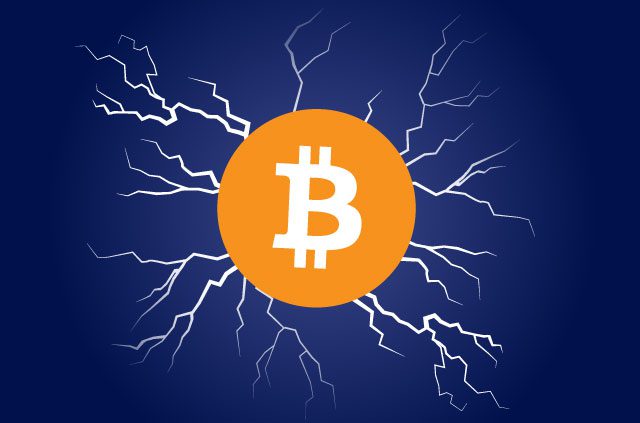
Cryptocurrencies are beginning to change the world, but they have not been able to prove themselves for regular consumer payment, mostly because of the speed and cost of a Bitcoin transaction. A transaction takes a while to get confirmed, and can easily cost upward of US$10.
For many types of transactions, Bitcoin can be an insanely frustrating experience. Having to wait for a payment confirmation for hours when making a purchase in person, or carrying the risk of accepting a transaction with zero-confirmations is unacceptable in many cases.
What is the Lightning Network?
The Lightning Network is a separate network built on top of Bitcoin. You don’t have to use it, and all your existing Bitcoin wallets and transactions will continue to function as usual.
The Lightning Network is expected to allow for instant and cheap Bitcoin payments between participants of Lightning without compromising on Bitcoin’s security and decentralization. On top of that, Lightning promises us to increase privacy.
To use the Lightning Network, you will have to set up at least one channel, which will cost you the price of a Bitcoin transaction. But you can then make as many small payments as you want for little to no cost until your account is empty.
If you want to take your money out of the Lightning Network, this again costs the price of a Bitcoin transaction.
The Lightning Network, therefore, is only attractive if you intend to make multiple payments, and does not help with lowering fees for individual, traditional payments. But once you are set up for the Lightning network, you will not only be able to make payments to a single merchant but every merchant and individual in the network.
How does the Lightning Network work?
In the Lightning Network, participants open payment channels, which are 2-of-2 multisignature wallets. In this payment channel, the two participants can send each other tiny amounts of Bitcoin—called Satoshis—without having to settle the transaction on the Bitcoin Blockchain, meaning each transaction costs only a small fraction or nothing at all.
Only when a channel is opened or closed is a Bitcoin transaction necessary.
How to use the Lightning Network
You can already use the Lightning Network on the Bitcoin Testnet, a clone of the Bitcoin network in which coins don’t have any value. Bitcoin Testnet makes it easy to experiment with software that might otherwise still have bugs, and to make tons of transactions without having to worry about money.
Because explaining stuff theoretically is far less fun than trying it out, here is our step-by-step guide on how to make payments with the Lightning Network on the Testnet.
1. Download the client
You can find the latest client on the Github profile of the Lightning Project. For Windows, download Lightning-win32, for Mac OS, try Lightning-darwin.
Unpack the file and run it by double-clicking the icon.
2. Get yourself some Testnet coins
Testnet coins are like real Bitcoin, except that they are worthless. Great for playing around!
This faucet by developer @metakiwi worked great for us. You can transfer the coins directly from the faucet to your Lightning App, or first withdraw it to a mobile app, such as Copay.
Create a Testnet wallet in Copay in Advanced Settings.
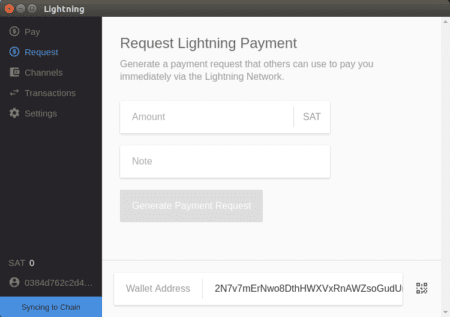
3. Fund your wallet
Once you open your Lightning App for the first time, it has to sync with the network. There are over 1 million blocks in the Bitcoin Testnet, but syncing should not take more than two hours.
You can see the progress under ‘Settings.’ As long as the client is syncing with the Blockchain, all is good.
In the app, find the section Request.
You can then send some Testnet coins to the address in the bottom. Don’t spend all your coins on the same channel! 0.01 BTC is more than enough. You will need to wait for one confirmation for this payment to show up under Transactions. If it doesn’t, closing the app and reopening it again might help.
4. Open a channel
To create a channel, you will need to know your partner’s channel public key as well as their IP address. If you have friends that use Lightning already, connect with them! But don’t worry, you don’t have to tell anybody your IP address if you don’t want to. You can sit anonymously behind your VPN and use any of the following peers:
Bitrefill:
0298d0c6987e2e64451c7f723e15aff4dfca92f0e3973d214e206257abb0d1dd55@lnd.bitrefill.com
Y’alls:
02ecafd1d828301da58edacdd61232835940c91767a01b3bfba57240989f9df4da@45.77.115.33
Eclair:
03933884aaf1d6b108397e5efe5c86bcf2d8ca8d2f700eda99db9214fc2712b134@endurance.acinq.co
As soon as your funding payment in Step 3 is confirmed, you can open a channel.
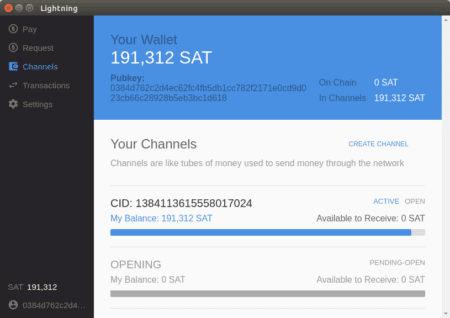
5. Make a payment
To make a payment, somebody will need to issue you a payment request. Head to any of the following places to get an invoice.
Note: You may need to wait a bit before your first payment works, at least in our test it took a while for others to become aware of our new channels with the network.
Y'alls
Y’alls is a platform where you pay to post and get paid when people read your content. Just click on any of the articles and copy the payment request into the ‘Pay’ option of your Lightning App.
Starblocks
On Starblocks you can buy virtual coffee instantly with Bitcoin. Click on the coffee you like, go to the checkout and copy the payment request into your wallet.
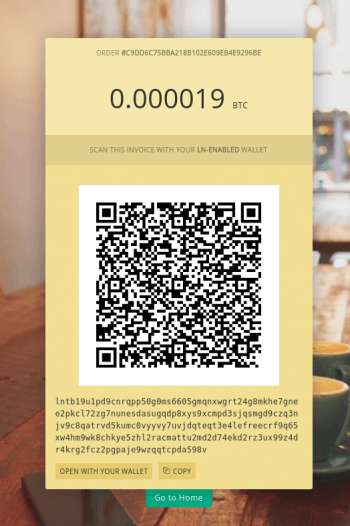
Bitrefill
Bitrefill has a test site where they accept Bitcoin. Enter a valid phone number and pay with Lightning!
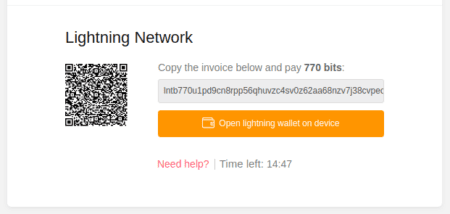
6. Receive a payment
To receive a payment, either somebody will have to open a channel with you, or you must empty out one of your existing channels (you can’t have more in the Lightning Network than the original Bitcoin transaction).
To see how much you can currently receive, head to ‘Channels’ in your app.

Just enter an amount and a label (so that you later know who paid which invoice) and generate the payment request.
If you’ve written a popular post on Y’alls, you can also get paid for it. Just ‘cash out’ at any time by entering an invoice into the respective field. As long as it comes from the same node that made the initial payment, you will get your coins.
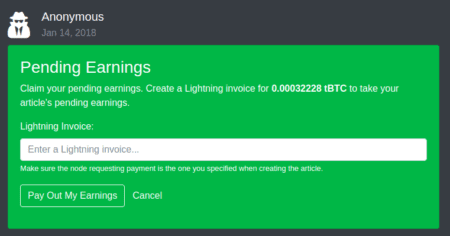
Other useful resources
Lightning Explorer
The Acinq Explorer shows you the current state of the Lightning Network. After a while, you should see your node in there and all the channels you opened.
Mobile wallet
Also developed by Acinq, the Eclair wallet is a Lightning wallet for Android. Unfortunately, it cannot receive Bitcoin at this point, only send.
Alternative desktop wallet
Zap is another wallet for your desktop computer. It is significantly more challenging to set up than the Lightning App demoed above.
The Lightning Network is the future
It feels very exciting to use the Lightning Network for the first time, even though it clearly has a few bugs. It will take a while for individuals and companies to have enough trust to use it for everyday transactions, but it will happen significantly faster than it took Bitcoin to where it is now.
Instant payments, low transaction fees, and trustlessness will make the Lightning Networks the killer app for Bitcoin payments.
FAQ: About Lightning Network
Who owns the Bitcoin Lightning Network?
The idea for the Bitcoin Lightning Network was first proposed in 2015 in a white paper written by researchers Thaddeus Dryja and Joseph Poon. A year later, Lightning Labs—a company founded by Elizabeth Stark and Olaoluwa Osuntokun—started developing the software for the Lightning Network, enabling it to become compatible with the core Bitcoin Network. Since its inception in 2016, Lightning Labs has also been responsible for securing funding for the development of new products that further optimize the functionality of the Lightning Network.
What cryptocurrency can be used on the Lightning Network?
Is Litecoin the Lighting Network?
On the other hand, the Lightning Network is a second-layer protocol designed for Bitcoin that allows the blockchain to conduct transactions cheaper and more efficiently. Therefore, you can choose to make a payment using Litecoin on the Lightning Network, as opposed to on the Bitcoin blockchain. Fun fact: The first full payment using the Lightning Network was completed with Litecoin.
How does the Lightning Network make money?
Compared with the Bitcoin blockchain which can process around seven transactions per second, the Lightning Network can process over a million transactions in the same amount of time. So, with a base transaction fee of 1 Satoshi (or 0.00000001 BTC/USD 0.4), the Lightning Network is one of the cheapest ways to transact on the Bitcoin blockchain.
Take the first step to protect yourself online. Try ExpressVPN risk-free.
Get ExpressVPN

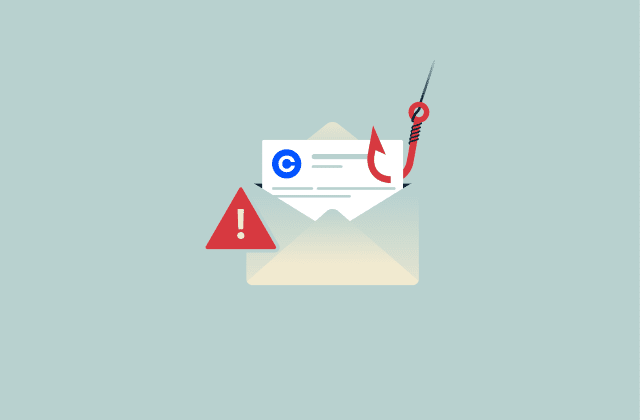
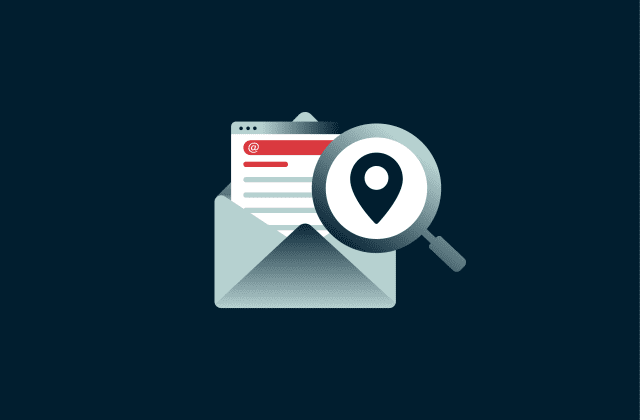
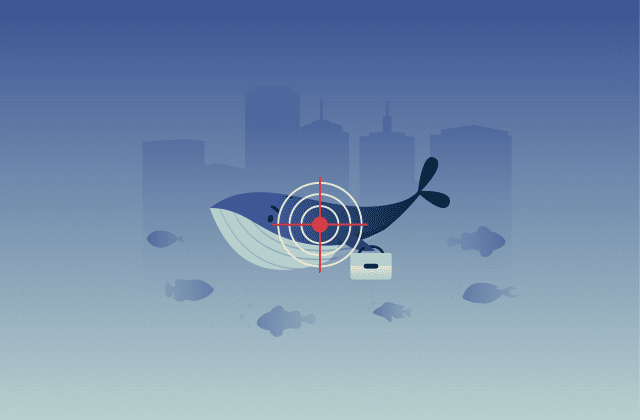
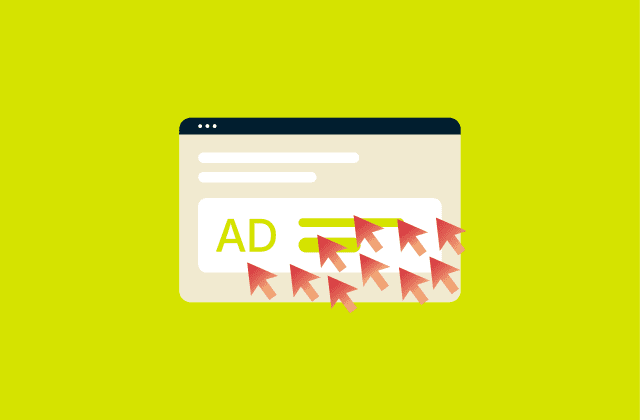
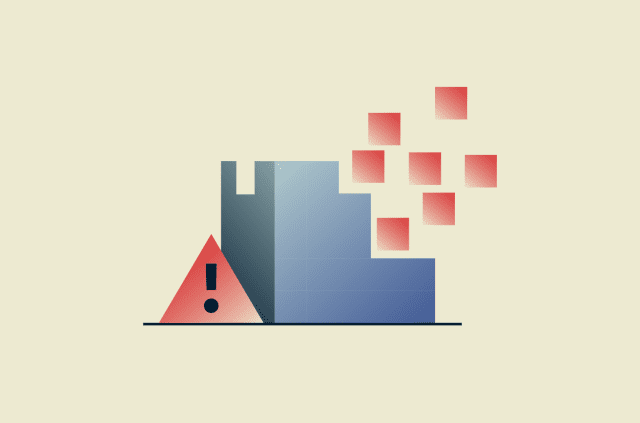
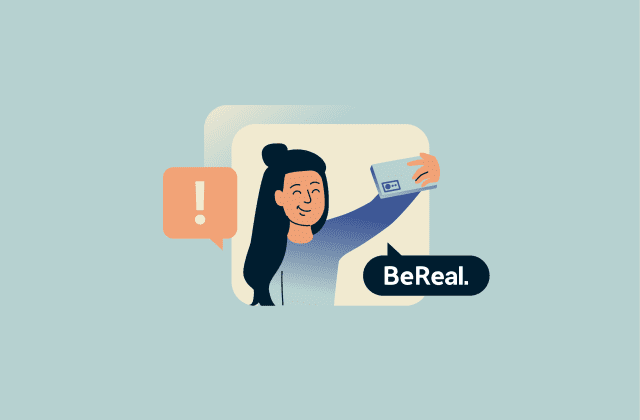
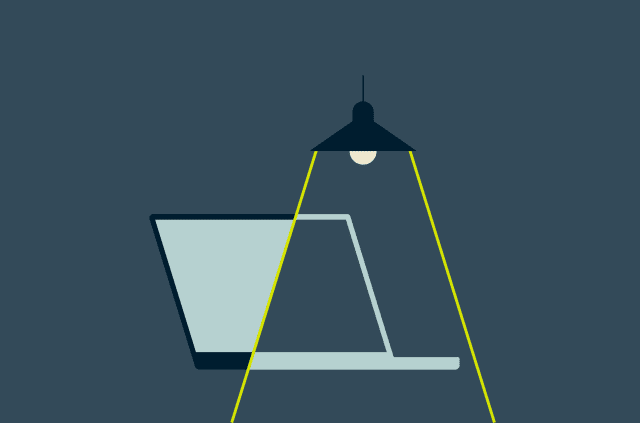




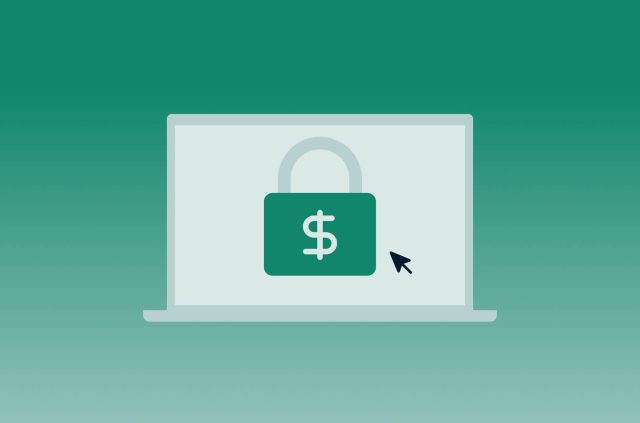
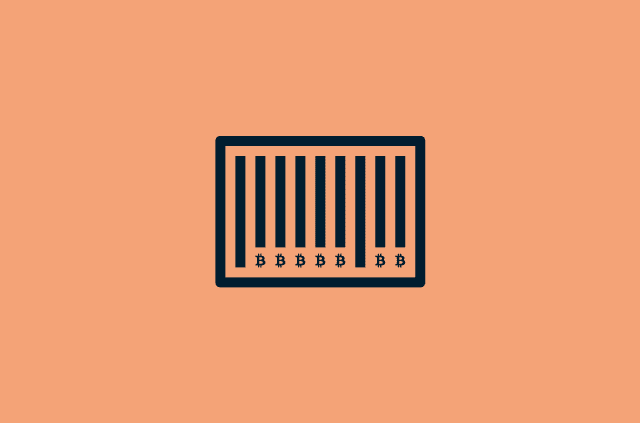






Comments
Hi
Hi!
Great article by the way!